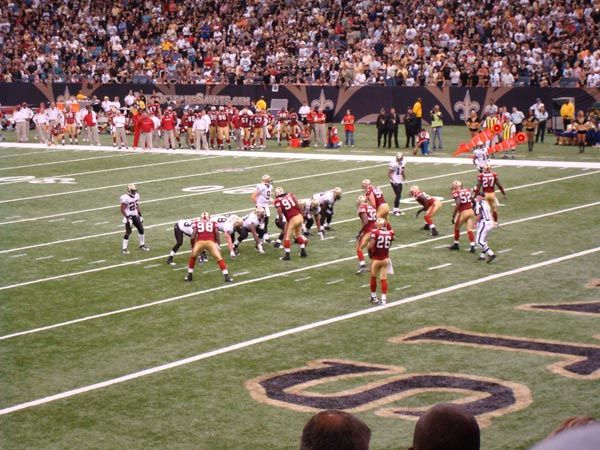The National Football League (NFL) has always been at the forefront of embracing innovation to enhance the game experience for both players and fans. In recent years, technological advances have played a pivotal role in transforming the NFL into a more dynamic and data-driven league. From player performance analysis to fan engagement, the integration of cutting-edge technologies has ushered in a new era for America’s favorite sport.
Player Tracking Technology:
One of the most significant technological advancements in the NFL is the implementation of player tracking systems. Using RFID (Radio Frequency Identification) chips embedded in players’ shoulder pads, teams can now collect a wealth of data on player movements during a game. This data includes speed, acceleration, distance covered, and even the precise location of each player on the field. The information is used for in-depth performance analysis, allowing coaches to make informed decisions about strategy, player development, and injury prevention.
Virtual Reality (VR) and Augmented Reality (AR):
Virtual and augmented reality technologies have found their way onto the NFL field, revolutionizing player training and fan engagement. Quarterbacks can now use VR to simulate game scenarios, providing a realistic practice environment without the physical toll of on-field drills. On the other hand, AR is enhancing the fan experience by overlaying digital information onto live broadcasts. Fans can now access real-time statistics, player profiles, and even interact with 3D models of key plays, all from the comfort of their homes.
Data Analytics and Machine Learning:
The NFL has become a data-driven league, thanks to the extensive use of data analytics and machine learning algorithms. Teams are leveraging these technologies to analyze massive datasets, gaining insights into player performance, opponent strategies, and game trends. This information is invaluable for making strategic decisions, optimizing game plans, and gaining a competitive edge. The marriage of data analytics and football has also given rise to a new breed of specialists – football data scientists – who play a crucial role in interpreting and applying the insights derived from the data.
Advanced Helmet Technology:
Player safety has always been a top priority for the NFL, and recent advancements in helmet technology have made significant strides in minimizing the risk of head injuries. The introduction of smart helmets equipped with sensors and impact-detection systems has allowed teams to monitor and analyze the forces players experience during games. This data helps medical professionals and team staff make informed decisions about player health and well-being, contributing to the league’s ongoing efforts to prioritize safety.
Digital Stadium Experience:
Beyond the field, technological innovations have transformed the fan experience, especially in the era of smart stadiums. High-speed Wi-Fi, mobile apps, and digital displays have turned NFL stadiums into immersive environments. Fans can access instant replays, order concessions from their seats, and participate in interactive activities through dedicated apps. These innovations aim to create a seamless and engaging experience for fans attending games.
Conclusion:
The NFL’s embrace of technological innovations is reshaping the landscape of American football. From enhancing player performance and safety to revolutionizing the way fans engage with the game, these advancements underscore the league’s commitment to staying at the forefront of sports and entertainment. For those interested in experiencing these technological innovations firsthand at NFL stadiums, more information at TicketSmarter can provide details on game schedules, ticket availability, and stadium features. As technology continues to evolve, we can only anticipate further innovations that will shape the future of the NFL and redefine the way we experience this beloved sport.

